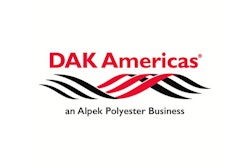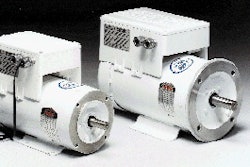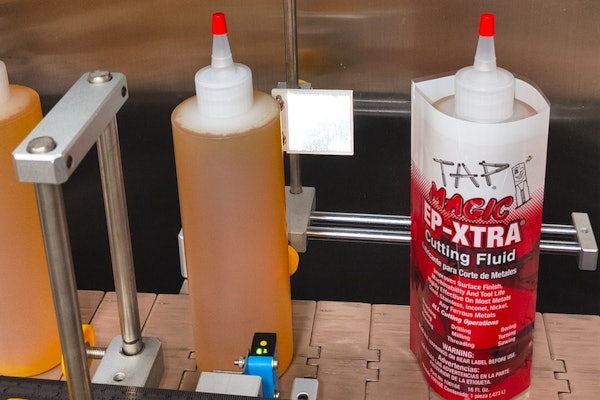"By buying everything from one or two sources instead of six or eight, a large company can gain significant savings," says Alan Scharfstein, DAK president. "The smaller niche companies are being squeezed, and many are looking for merger partners. A few are trying to become multi-plant, multi-technology companies themselves by acquiring other small companies and expanding their product lines." These acquisitions are being made by what Scharfstein calls "strategic buyers," those inside the packaging business. At the same time, financial buyers are targeting mid-size privately held packaging companies because they're viewed as among "the best bargains around." They sell at a sizable discount to public companies, he says, and they tend to be overlooked because often they're too small to show up on the radar screens of companies that track merger and acquisition activity.
Mid-size companies combining to compete
Manufacturers desiring to do business with fewer suppliers are now driving many small to mid-size packaging makers to become merger partners. So says a study from DAK Corporate Investors (Rochelle Park, NJ), an investment bank serving mid-size companies ($5 million to $50 million in sales).
Nov 30, 1997
Companies in this press-release
Machinery Basics
Researched List: Engineering Services Firms
Looking for engineering services? Our curated list features 100+ companies specializing in civil, process, structural, and electrical engineering. Many also offer construction, design, and architecture services. Download to access company names, markets served, key services, contact information, and more!
Download Now
Annual Outlook Report: Workforce
Hiring remains a major challenge in packaging, with 78% struggling to fill unskilled roles and 84% lacking experienced workers. As automation grows, companies must rethink hiring and training. Download the full report for key insights.
Download Now
Downloads
















![Xl Touch Scoreboard Screen High Res[39]](https://img.packworld.com/mindful/pmmi/workspaces/default/uploads/2025/12/xl-touch-scoreboard-screen-highres39.JHTycZQYnN.png?auto=format%2Ccompress&fit=crop&h=227&q=70&w=340)







